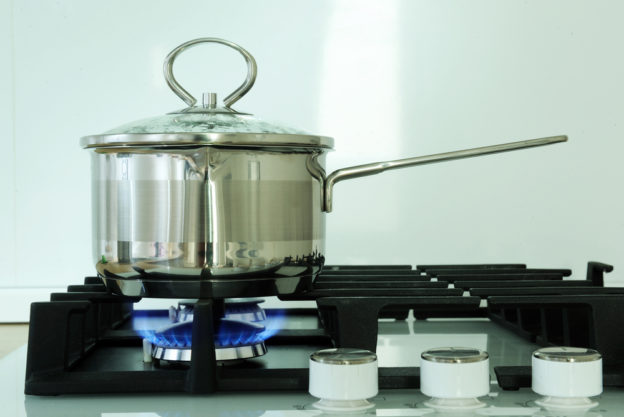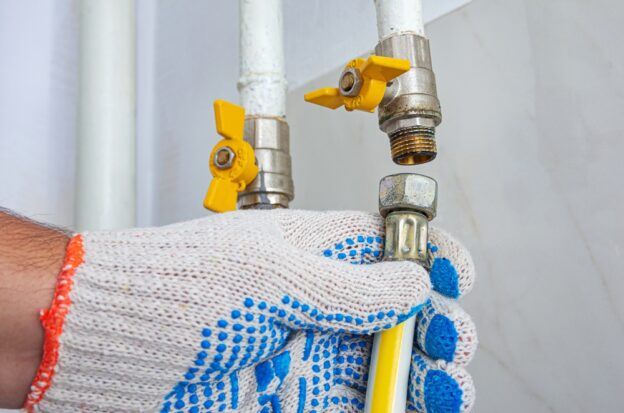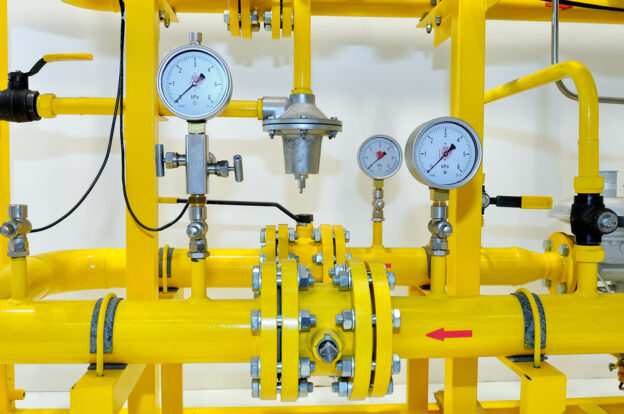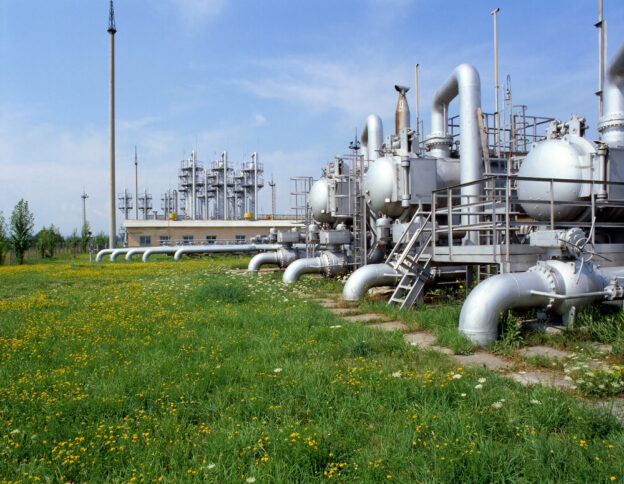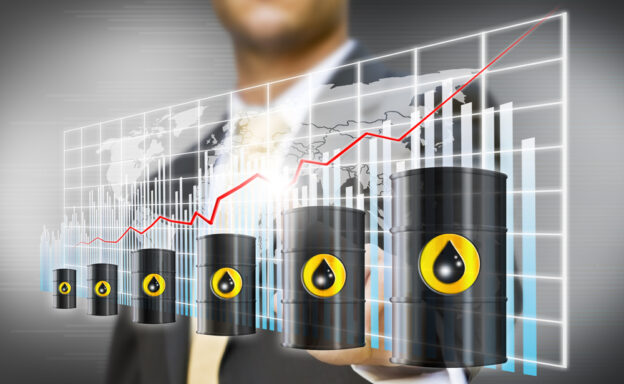The scorching summer heat makes natural gas coolers and appliances a lifesaver, providing efficient and reliable cooling for homes and businesses. However, like any gas-powered equipment, safety is paramount. Pro-Gas is committed to your well-being, so we’ve compiled 15 vital safety tips to ensure you enjoy the comfort of your natural gas cooling systems without any worries.
1. Professional Installation and Maintenance
Your natural gas cooler isn’t just an appliance; it’s a complex system that interacts with your home or business environment. Proper installation ensures that all components are correctly fitted and connected, minimizing the risk of gas leaks or malfunctions. Regular professional maintenance keeps your system operating at peak efficiency and allows technicians to identify and address potential issues before they escalate. Trusting certified technicians from Pro-Gas ensures that your installation and maintenance are handled with expertise and care.
2. Ventilation is Key
Think of ventilation as the lungs of your natural gas appliances. Proper airflow ensures that harmful byproducts of combustion, like carbon monoxide, are safely dispersed. Without adequate ventilation, these gases can accumulate to dangerous levels, putting your health and safety at risk. Ensure your cooler and other gas appliances have ample space around them, and check for any obstructions in vents or exhaust systems.
3. Know the Signs of a Gas Leak
Early detection of a gas leak is crucial for preventing accidents. Familiarize yourself with the telltale signs – the distinct rotten egg odor often added to natural gas, hissing or whistling sounds from gas lines, and even dying vegetation near the gas line can indicate a leak. If you notice any of these signs, evacuate the area immediately, avoid using any electrical devices that could create a spark, and contact your gas company or emergency services.
4. Carbon Monoxide Detectors
Carbon monoxide (CO) is a silent killer, as it is colorless, odorless, and tasteless. Installing CO detectors on every level of your home or business, especially near sleeping areas, acts as your first line of defense. These detectors monitor CO levels and sound an alarm if they rise to dangerous levels, giving you time to evacuate and seek fresh air. Remember to test your detectors regularly and replace batteries as needed to ensure they are functioning properly.
5. Keep Flammable Materials Away
Natural gas appliances generate heat, and any nearby flammable materials can easily ignite. This includes not only obvious items like gasoline or paint thinner but also seemingly harmless objects like paper, cardboard boxes, or cleaning supplies. Store these materials safely away from your cooler and other gas appliances to prevent accidental fires.
6. Regular Inspections
Prevention is key when it comes to safety. By scheduling regular inspections of your natural gas cooler and gas lines, you can identify potential issues like wear, corrosion, or damage before they become serious problems. Early detection and repair can save you from costly repairs down the road and ensure your equipment operates safely for years to come.
7. Use Caution with Outdoor Equipment
While portable natural gas coolers can be convenient for outdoor gatherings, they require extra precautions. Place the cooler on a stable, level surface away from children and pets. Never operate a natural gas cooler inside an enclosed space like a tent or garage, as this can lead to a dangerous buildup of carbon monoxide. Ensure the area is well-ventilated to allow the safe dispersal of exhaust gases.
8. Educate Everyone
Safety is a collective responsibility. Make sure everyone who lives or works in your space understands the safe operation of natural gas appliances and knows how to respond in an emergency. This includes recognizing the signs of a gas leak, knowing how to shut off the gas supply, and having a plan in place for evacuation.
9. Don’t DIY Repair
Natural gas systems are complex and require specialized knowledge to repair safely. Attempting to fix gas-related issues yourself can be extremely dangerous and may even make the problem worse. Leave any repairs to certified technicians who have the expertise and experience to handle gas systems safely.
10. Turn Off Gas When Not in Use
If you’re going to be away from your home or business for an extended period, it’s wise to shut off the gas supply to your cooler and other appliances. This reduces the risk of leaks or malfunctions occurring while you’re gone. Make it a habit to turn off the gas whenever you leave for vacation or extended trips.
11. Know Your Appliance’s Limits
Every natural gas cooler has a maximum capacity. Overloading it by trying to cool a space that’s too large can strain the appliance, leading to inefficiencies, potential breakdowns, and safety hazards. Check the manufacturer’s specifications to determine the appropriate size for your needs and avoid pushing the appliance beyond its limits.
12. Follow Manufacturer Instructions
The manufacturer’s instructions are your best guide for safe and efficient operation. These instructions provide detailed information on installation, maintenance, troubleshooting, and safety precautions specific to your model. Take the time to read and understand the manual, and keep it handy for reference.
13. Cleanliness Matters
A clean appliance is a safer appliance. Dust, dirt, and debris can accumulate around your natural gas cooler, clogging vents and restricting airflow. This can lead to overheating and potential malfunctions. Regularly clean the area around your cooler, including vents and filters, to ensure optimal performance and safety.
14. Know Your Emergency Procedures
Being prepared is crucial in any emergency. In the event of a gas leak or fire, every second counts. Know where the gas shut-off valves are located for your home or business, and make sure everyone knows how to turn off the gas supply in an emergency. Additionally, have a plan for evacuation, including knowing the nearest emergency exits and having the phone numbers for your gas company and emergency services readily available.
15. Regularly Replace Filters
Filters play a critical role in the performance and safety of your natural gas cooler. They trap dust, dirt, and other particles that can restrict airflow and lead to overheating. Over time, filters become clogged and need to be replaced. Follow the manufacturer’s recommendations for filter replacement intervals to maintain optimal performance and safety.
By following these comprehensive safety tips, you can enjoy the comfort of your natural gas cooler and other gas appliances with confidence, knowing you’ve taken the necessary steps to protect yourself, your loved ones, and your property.
Pro-Gas LLC | Your Partner in Safety and Comfort
By following these 15 safety tips, you can enjoy the cool comfort of your natural gas appliances with peace of mind. Pro-Gas is dedicated to providing you with the highest quality equipment and expert service. Our commitment to safety ensures you can rely on us for all your natural gas needs. Contact Pro-Gas today for a comprehensive safety inspection or to learn more about our wide range of natural gas cooling solutions. Your safety and comfort are our top priorities.


